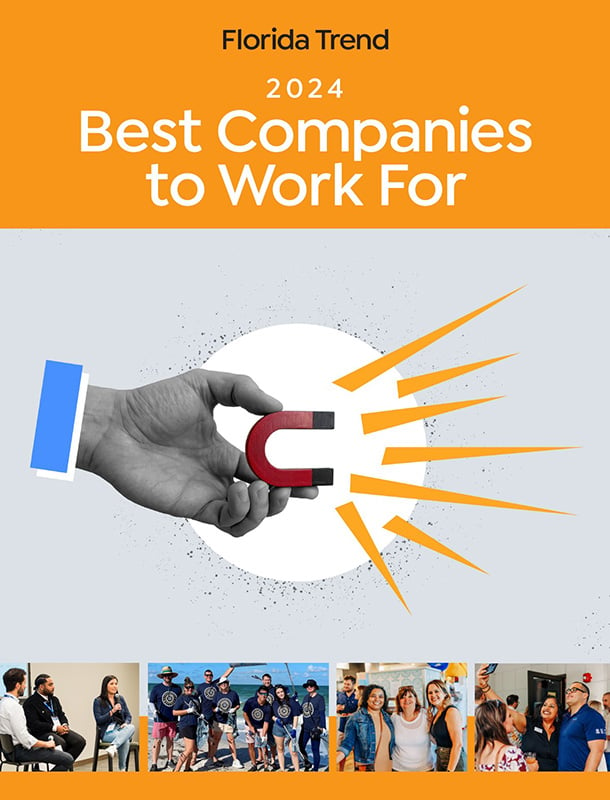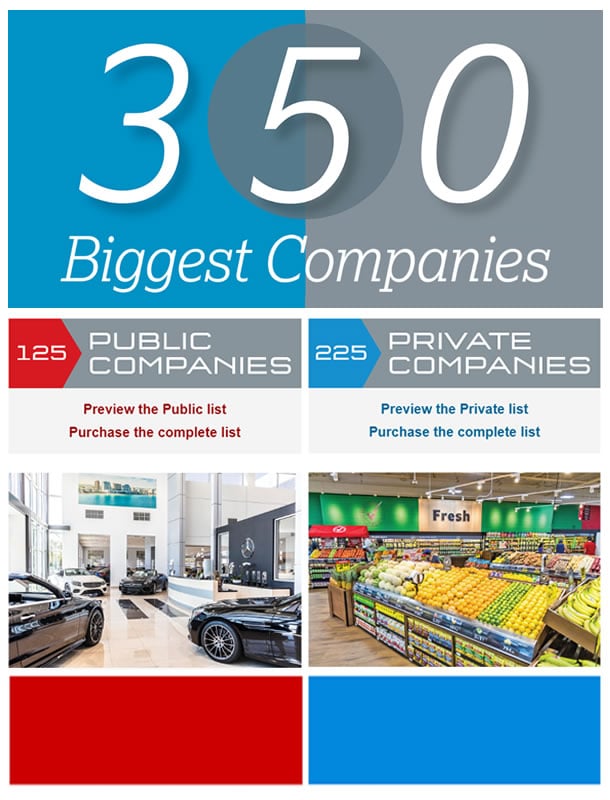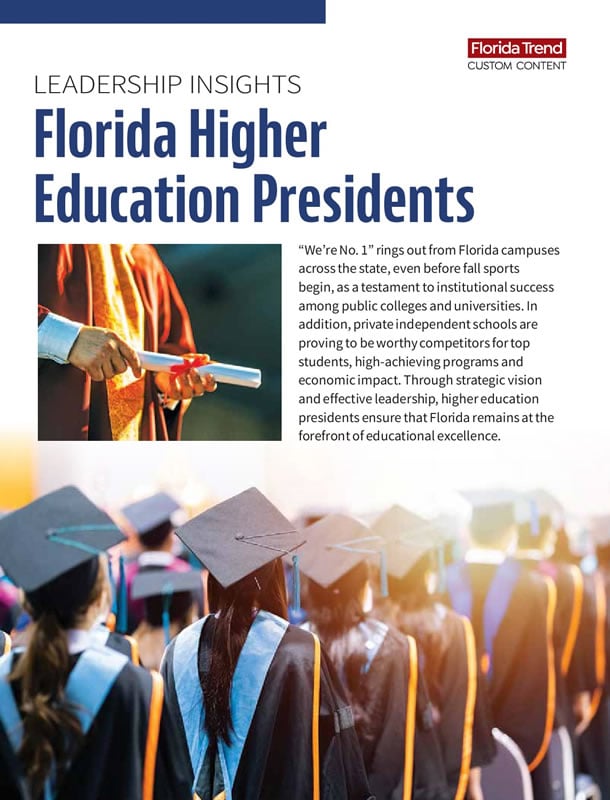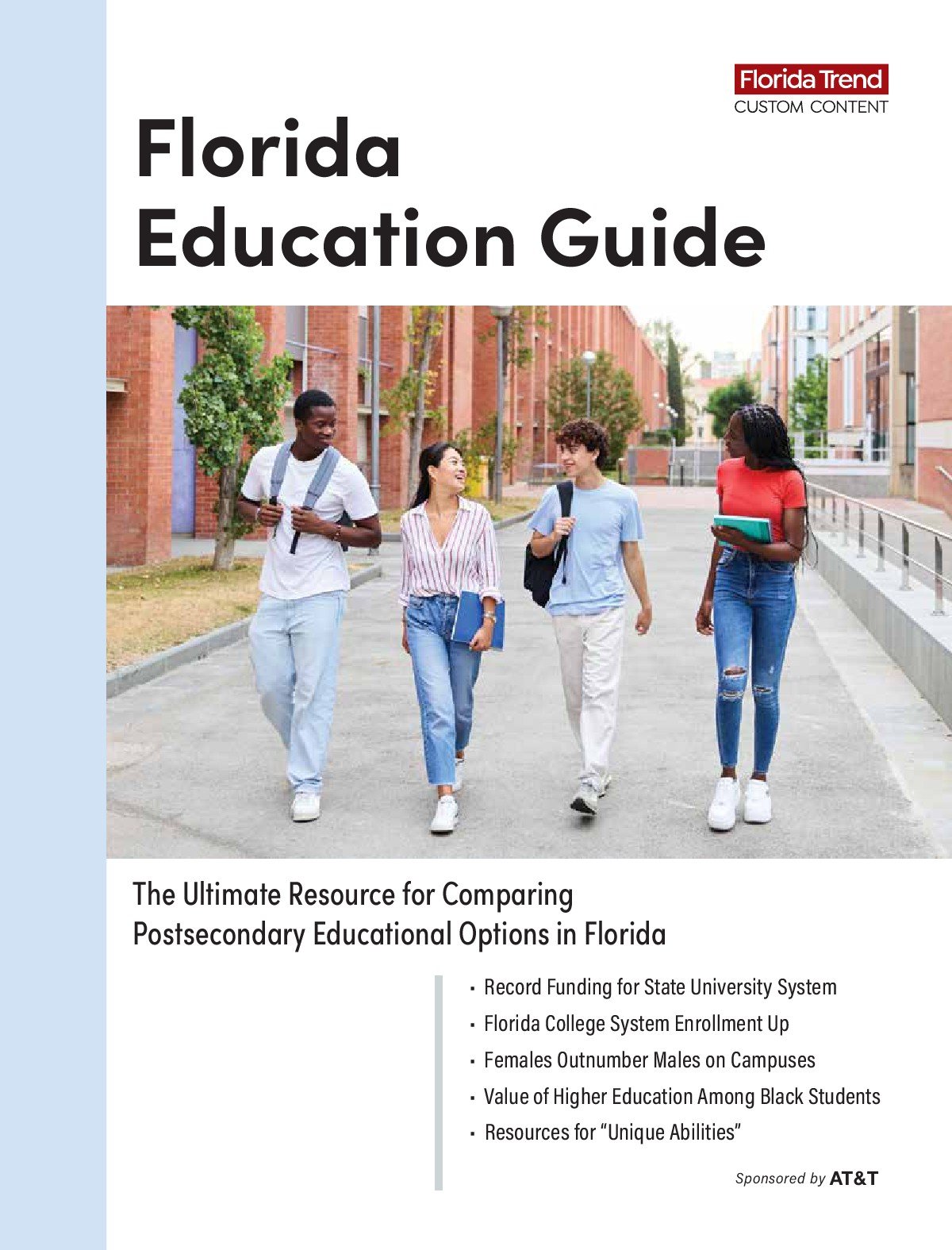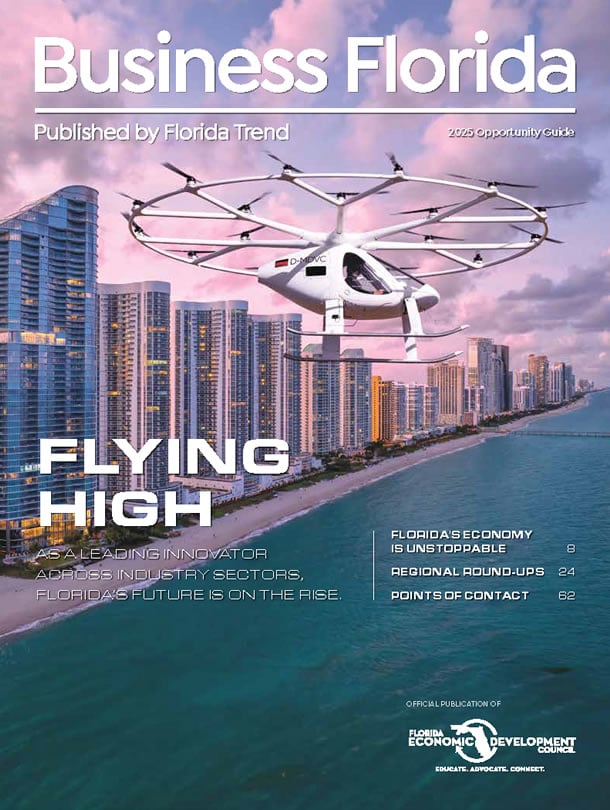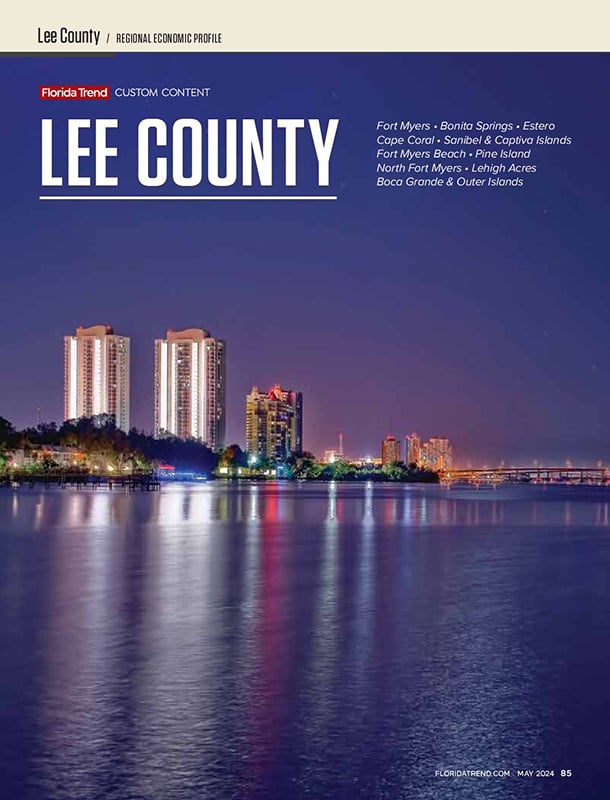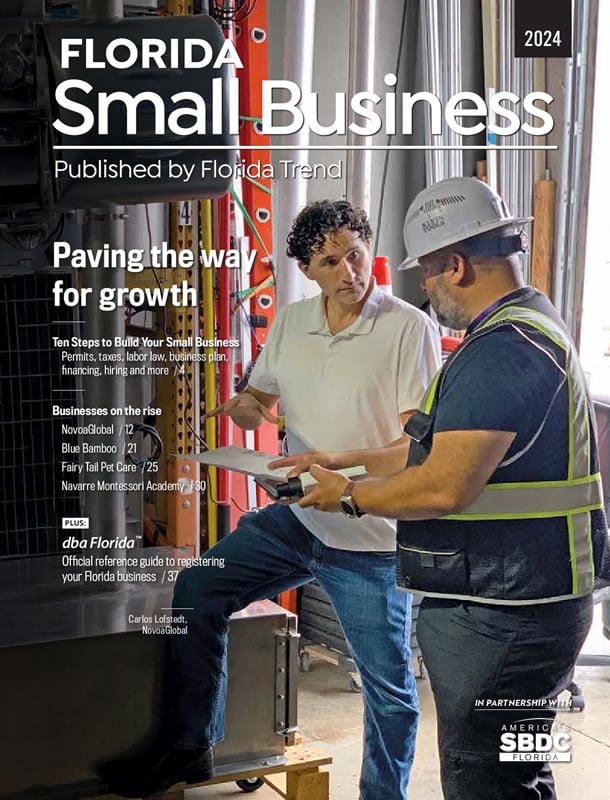1 Spaceport Territory
5 Seaports
5 Commercial Airports
16 Colleges / Universities
 Every fact or figure about the Miami-Dade-Fort Lauderdale-West Palm Beach metro area is big. It’s population is enormous, approaching seven million and growing by an average of 900 new residents a week. It’s massive GDP is more than $500 billion. And beyond its muscular economy, the region is an international destination, a cultural hotspot, sports mecca and the major port of entry by land, sea and air for the state’s massive $121.5 billion tourism industry that supports more than two million Florida jobs.
Every fact or figure about the Miami-Dade-Fort Lauderdale-West Palm Beach metro area is big. It’s population is enormous, approaching seven million and growing by an average of 900 new residents a week. It’s massive GDP is more than $500 billion. And beyond its muscular economy, the region is an international destination, a cultural hotspot, sports mecca and the major port of entry by land, sea and air for the state’s massive $121.5 billion tourism industry that supports more than two million Florida jobs.
With a metro population approaching seven million and a GDP of more than $500 billion, everything about Florida’s dynamic Southeast Region is big ... and getting bigger by the week.
The epicenter, of course, is the Miami-Dade-Fort Lauderdale-West Palm Beach metro, an area growing by an average of 900 new residents every week.
Along with Martin, St. Lucie and Indian River counties to the north, the Florida Economic Development Council’s Southeast Region is an international commerce hub, a cultural hotspot, sports mecca and the major port of entry by land, sea and air for the Sunshine State’s massive tourism industry.
This thriving global gateway, often referred to as the “Gold Coast,” also boasts a robust financial services industry home to more than 60 international banks, along with the Fortune 500 corporations of Lennar, Office Depot, World Kinect, AutoNation and Ryder System.
In addition to financial services, aviation and aerospace and health care are among the strongest and fastest growing economic sectors for the Southeast region.
A key economic engine for the Miami-Dade regions is its abundance of transportation assets, led in large part by American Airlines hub at Miami International Airport (MIA).
American employs more than 13,500 workers with an annual payroll exceeding $1.8 billion. More than 162,000 additional jobs are created through businesses that support MIA operations, meaning that American’s Miami hub contributes more than $21 billion annually to South Florida’s economy.
Miami-Dade also boasts nearly 60 aerospace companies that include Intelsat, Aerotradex, Sheltair, Avionica, Lufthansa Technik Component Service and Global Crossing Airlines.
Health care is another huge contributor to the South Florida economy. The region is home to 55 hospitals and primary care medical facilities in the greater Miami-Dade metro area that includes Boca Raton, Fort Lauderdale, Delray Beach and West Palm Beach.
Despite its many economic assets and impressive record of growth, the Southeast region is not without its challenges.
One issue that’s constantly on the minds of the region’s political and business leaders is how to keep this international economic superstar competitive, sustainable, diverse and growing in the face of ever changing consumer trends and rising costs, especially in the areas of workforce housing?
One answer to that question is talent. Another answer, is developing new strategies for attracting new job-creating industries.
Talent
Supplying key industries with talent is a world-class collection of universities and colleges that includes Florida Atlantic University, Florida International University, Nova Southeastern University and University of Miami along with Broward College, Miami Dade College and Palm Beach State College.
Despite the concentration of colleges and universities in the Southeast, executives are still focused on keeping the talent pipeline — especially home-grown talent — flowing.
“Talent is the lead topic in our pitch, and it’s where we’re spending most of our time,” says James Kohnstamm, director, Miami-Dade County Innovation and Economic Development.
“We started going after the talent piece a while ago,” says David Coddington, vice president of business development with the Fort Lauderdale Alliance. “We’re not only working with our local universities, but we’ve also visited Rochester University, Georgia Tech, University of Florida as well,” he says. “The talent piece is huge.”
“We are concerned about talent,” says Kelly Smallridge. CEO of the Palm Beach County Business Development Board. “And while we have seven universities in Palm Beach County, we don’t think that there are enough graduates to fill the jobs that are being created in Palm Beach County.”
To address the talent challenge, one that is shared nearly across the state, Palm Beach County has launched a Talent Optimization Strategy program aimed at retention of talent coming out of the regions colleges and universities.
“We’re going to start getting far more aggressive about retention of talent within Palm Beach County, and we’re also going outside the area to meet with out-of-state colleges,” Smallridge adds.
Palm Beach County is working with Nashville-based Vanderbilt University to bring an MBA program to the region that would focus on AI, engineering and cybersecurity.
New strategies
For some of the region’s cities and counties, strategies for attracting new industries have changed, while others rely on traditional pitches to site selectors and other industry executives.
A growing trend changing the industry recruiting landscape finds EDC executives working more closely with real estate brokers than with traditional site selectors.
“We have shifted our pitch and our outreach efforts to be heavier on the national big broker companies rather than site selectors because we know our site selection consultants are paid and we also don't want to offer incentives if we don't have to offer them,” says Smallridge. “So, from a pitch perspective, I think that pitching to real estate brokers is a new shift in strategy for economic development boards.”
In Martin and Indian River counties, the prevailing trend is toward new business leads coming directly from companies themselves as well as real estate brokers.
“In Indian River County and Vero Beach, we get a lot of our leads from companies, they will call us directly,” says Helene Casteline, economic development director, Indian River Chamber of Commerce. “We also get some leads from Florida Power & Light, but most of them come directly from the company whose executives either have a second home here or they came here as a tourist.”
As the current trend of working with real estate brokers gains popularity among EDC’s, traditional pitches are still an important aspect of the overall game plan.
Workforce Housing
As the competition for new industries, jobs and talent continues to loom large among Southeastern region EDCs, the other problematic challenge — one that goes hand-in-hand with talent — is workforce housing, a pressing and persistent issue that affects all eight of FEDC’s statewide regions.
“We have a long way to go to catch up in the area of affordable housing,” says Smallridge, But, she adds, that progress is being made in the region’s cities that have worked with developers to embed workforce housing within high-rise apartment complexes.
A promising, albeit long-term, strategy is working with inland cities that have large amounts of relatively inexpensive “in-fill” properties.
“These are cities where they’re never going to land Amazon,” says Smallridge. “So, we’re trying to change the narrative and convince them that workforce housing is an economic development asset. We’re trying to encourage them to create this great housing inventory where you will have workers and an educated community living there. I think the cities will eventually latch on and see where we’re going with this.”
Competition
As the Southeast region’s EDCs devise new strategies to compete for — and nurture — the talent pipeline, they acknowledge they are up against some pretty stiff competition both regionally and nationally.
A recent informal poll of Southeast executives names Nashville, Dallas, Austin, South Carolina and North Carolina as Florida’s major competitors for available talent and big-ticket investment capital.
And that is a major challenge, says Palm Beach’s Rowan. “You can get financing much easier in Silicon Valley rather than here in the Southeast.”
Placemaking
By definition, placemaking is a collaborative process that involves the design, management and planning of public spaces to improve community connections and urban vitality.
As such, placemaking is given a prominent seat at the table when EDCs map out and refresh their economic development game plans.
The Southeast region’s placemaking efforts are currently focused on public transit improvements, quality schools, especially in the areas of career and technical education, and creating public gathering places that are walkable, safe and where people want to go and socialize.
Also referred to as “3rd Places,” the concept is a powerful driving force behind local economic development, says Kevin Crowder, founder of North Miami-based BusinessFlare Economic Development Solutions.



